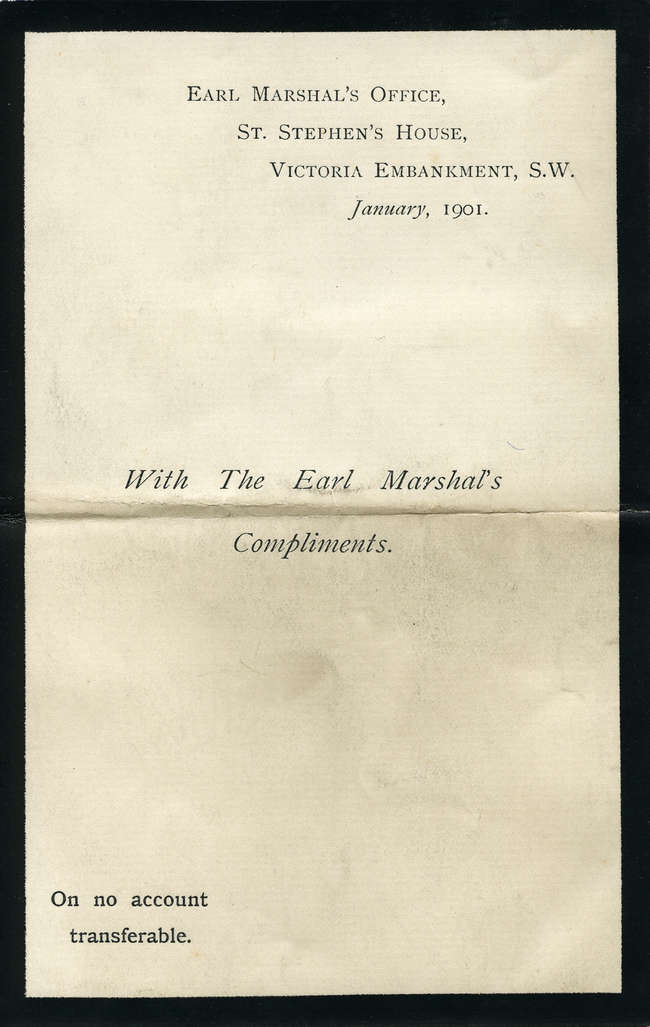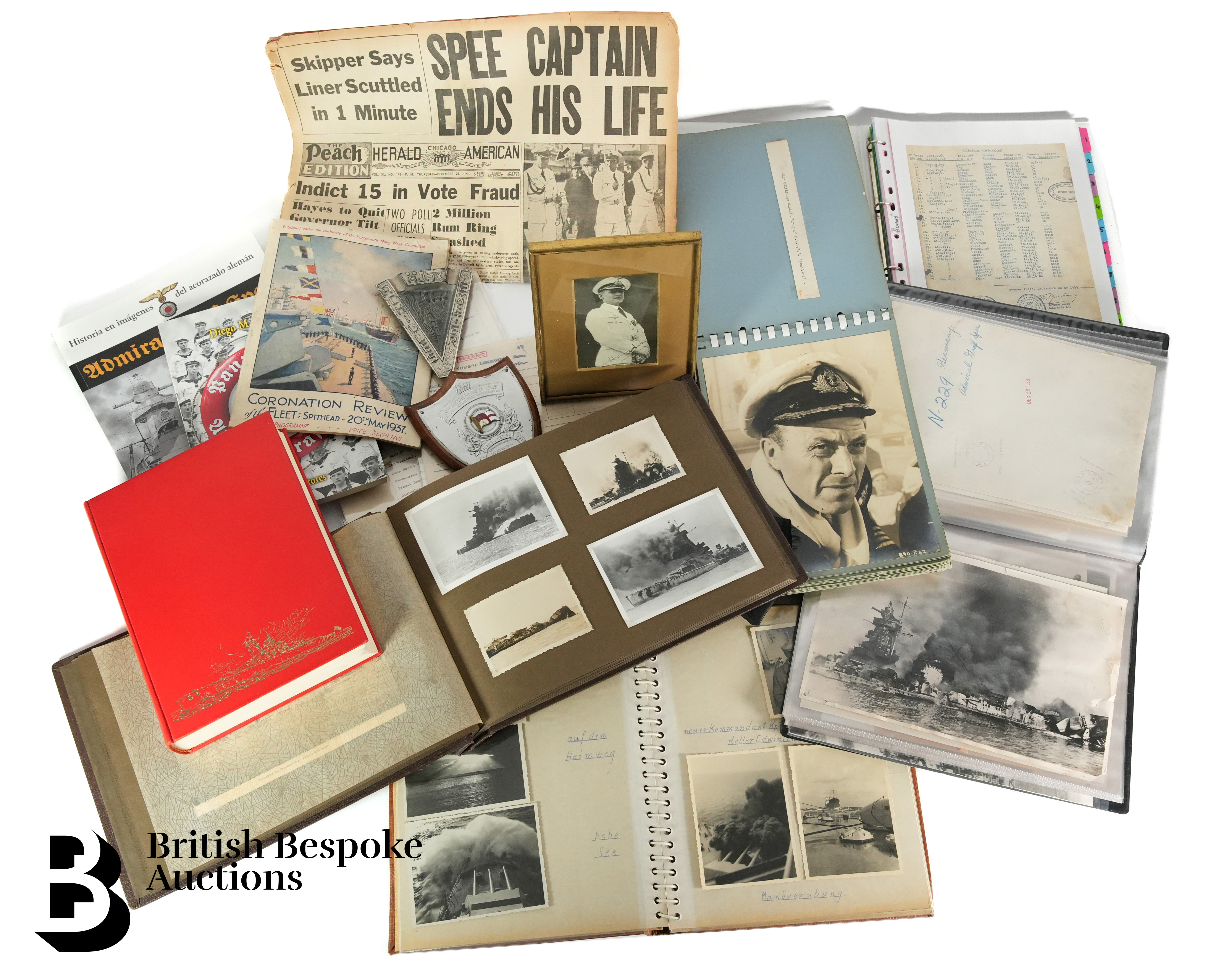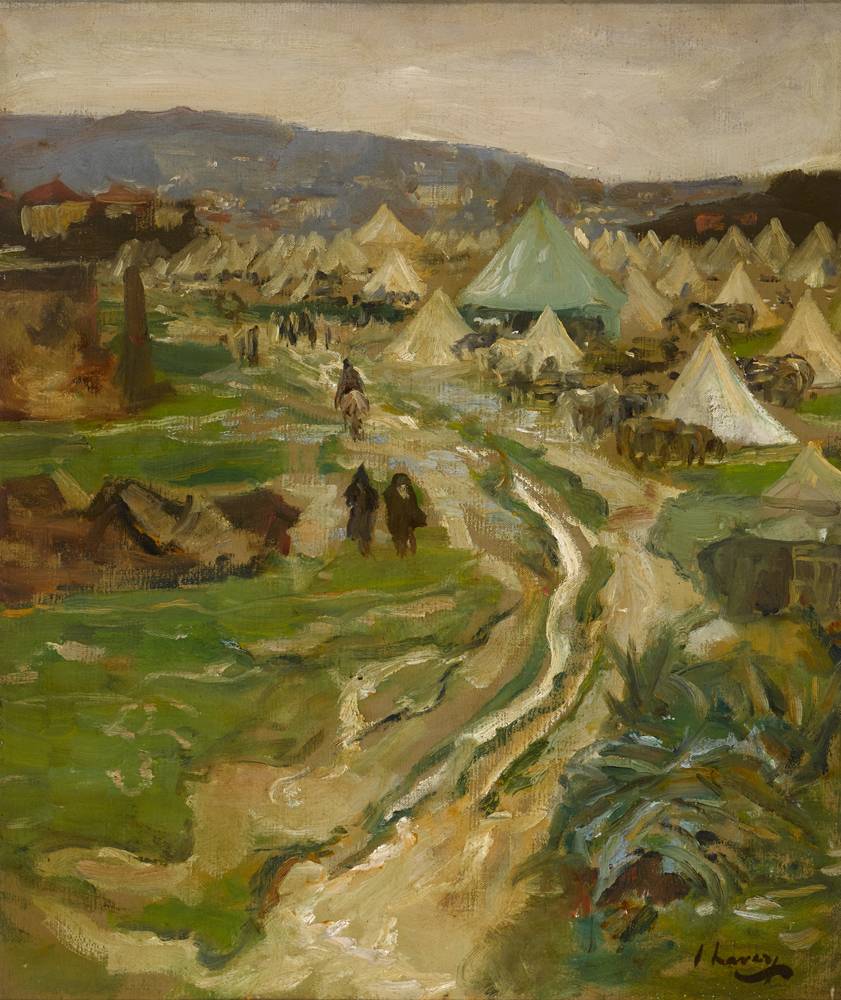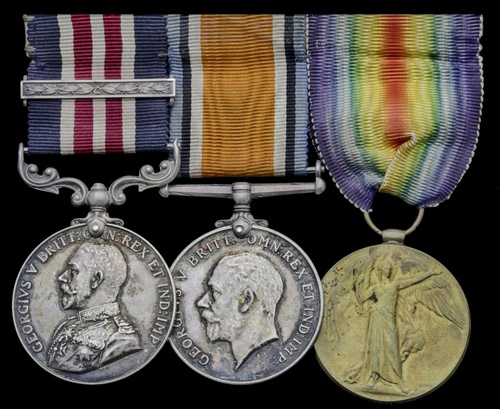LONDON 1646 -- Funeral Cortège: The Proceeding to the Funerall of the right ho[noura]ble Robert Devereux, Earle of Essex and Ewe, Viscount Hereford, Lord Ferrers of Chartley, Bourchier and Lovaine , in English, illustrated manuscript on vellum [London, 1646
LONDON 1646 -- Funeral Cortège: The Proceeding to the Funerall of the right ho[noura]ble Robert Devereux, Earle of Essex and Ewe, Viscount Hereford, Lord Ferrers of Chartley, Bourchier and Lovaine , in English, illustrated manuscript on vellum [London, 1646] A roll of two membranes, approximately 1350 x 265mm (53 x 10½ inches), written in black ink, with FOURTEEN STANDARDS, GUIDON AND BANNERS WITH THE EARL'S COATS OF ARMS, FOUR HORSES, FOUR HATCHMENTS AND THE EARL'S EFFIGY ON A HEARSE DRAWN BY SIX HORSES, ALL PAINTED IN FULL COLOUR, docketed on verso (slight spotting and darkening at edges), in a red cloth box with leather lettering-piece. Provenance: purchased from Quaritch, 1977. ROBERT DEVEREUX, 3rd Earl of Essex of the 8th creation (1591-1646) was the son of the favorite of Queen Elizabeth. His early years were notable chiefly for his notorious divorce trial and a few years of rather undistinguished military service on the Continent. At the outbreak of the Civil War however he emerged as a leading member of the Parliamentary faction, and, as one of the few English nobles with any military experience, was appointed Captain-General and Chief Commander of the Parliamentary army--an appointment regarded at the time as being as great a coup as that of Prince Rupert on the Royalist side. He commanded the army in the stalemates of Edgehill and the 1st battle of Newbury, but after his defeat at Lostwithiel his career as chief commander petered out under the ascendancy of Cromwell and he resigned his commission on 2 April 1645. His death the following year resulted in one of the greatest state funerals given to any non-royal person. Organised by the officers of the College of Arms, more than 3000 people were involved in the proceedings surrounding his burial in Westminster Abbey on 22 October 1646. The present roll is a draft, presumably drawn up by a Herald, for the Executors or Committee of Lords appointed by Parliament to manage the event. It lays out the order and components of Essex's funeral procession and pays especial attention to heraldic details. It is arranged vertically from the top of the roll, mixing script and image, beginning with 'Two conductors with black Staves Poore men in Gownes 2 & 2 to the number of his yeares or more' and ending with the Horse of Honour followed by the officers and members of the House of Lords and the House of Commons, the Assembly of Divines and The Guard. The hearse with the effigy of Essex wearing his coronet and wrapped in his ermine-trimmed robe is shown horizontally on the roll. Essex's funeral was one of the most impressive public spectacles of Civil War London.
LONDON 1646 -- Funeral Cortège: The Proceeding to the Funerall of the right ho[noura]ble Robert Devereux, Earle of Essex and Ewe, Viscount Hereford, Lord Ferrers of Chartley, Bourchier and Lovaine , in English, illustrated manuscript on vellum [London, 1646
LONDON 1646 -- Funeral Cortège: The Proceeding to the Funerall of the right ho[noura]ble Robert Devereux, Earle of Essex and Ewe, Viscount Hereford, Lord Ferrers of Chartley, Bourchier and Lovaine , in English, illustrated manuscript on vellum [London, 1646] A roll of two membranes, approximately 1350 x 265mm (53 x 10½ inches), written in black ink, with FOURTEEN STANDARDS, GUIDON AND BANNERS WITH THE EARL'S COATS OF ARMS, FOUR HORSES, FOUR HATCHMENTS AND THE EARL'S EFFIGY ON A HEARSE DRAWN BY SIX HORSES, ALL PAINTED IN FULL COLOUR, docketed on verso (slight spotting and darkening at edges), in a red cloth box with leather lettering-piece. Provenance: purchased from Quaritch, 1977. ROBERT DEVEREUX, 3rd Earl of Essex of the 8th creation (1591-1646) was the son of the favorite of Queen Elizabeth. His early years were notable chiefly for his notorious divorce trial and a few years of rather undistinguished military service on the Continent. At the outbreak of the Civil War however he emerged as a leading member of the Parliamentary faction, and, as one of the few English nobles with any military experience, was appointed Captain-General and Chief Commander of the Parliamentary army--an appointment regarded at the time as being as great a coup as that of Prince Rupert on the Royalist side. He commanded the army in the stalemates of Edgehill and the 1st battle of Newbury, but after his defeat at Lostwithiel his career as chief commander petered out under the ascendancy of Cromwell and he resigned his commission on 2 April 1645. His death the following year resulted in one of the greatest state funerals given to any non-royal person. Organised by the officers of the College of Arms, more than 3000 people were involved in the proceedings surrounding his burial in Westminster Abbey on 22 October 1646. The present roll is a draft, presumably drawn up by a Herald, for the Executors or Committee of Lords appointed by Parliament to manage the event. It lays out the order and components of Essex's funeral procession and pays especial attention to heraldic details. It is arranged vertically from the top of the roll, mixing script and image, beginning with 'Two conductors with black Staves Poore men in Gownes 2 & 2 to the number of his yeares or more' and ending with the Horse of Honour followed by the officers and members of the House of Lords and the House of Commons, the Assembly of Divines and The Guard. The hearse with the effigy of Essex wearing his coronet and wrapped in his ermine-trimmed robe is shown horizontally on the roll. Essex's funeral was one of the most impressive public spectacles of Civil War London.







/112042/Internet%20Image%201.jpg)






Testen Sie LotSearch und seine Premium-Features 7 Tage - ohne Kosten!
Lassen Sie sich automatisch über neue Objekte in kommenden Auktionen benachrichtigen.
Suchauftrag anlegen